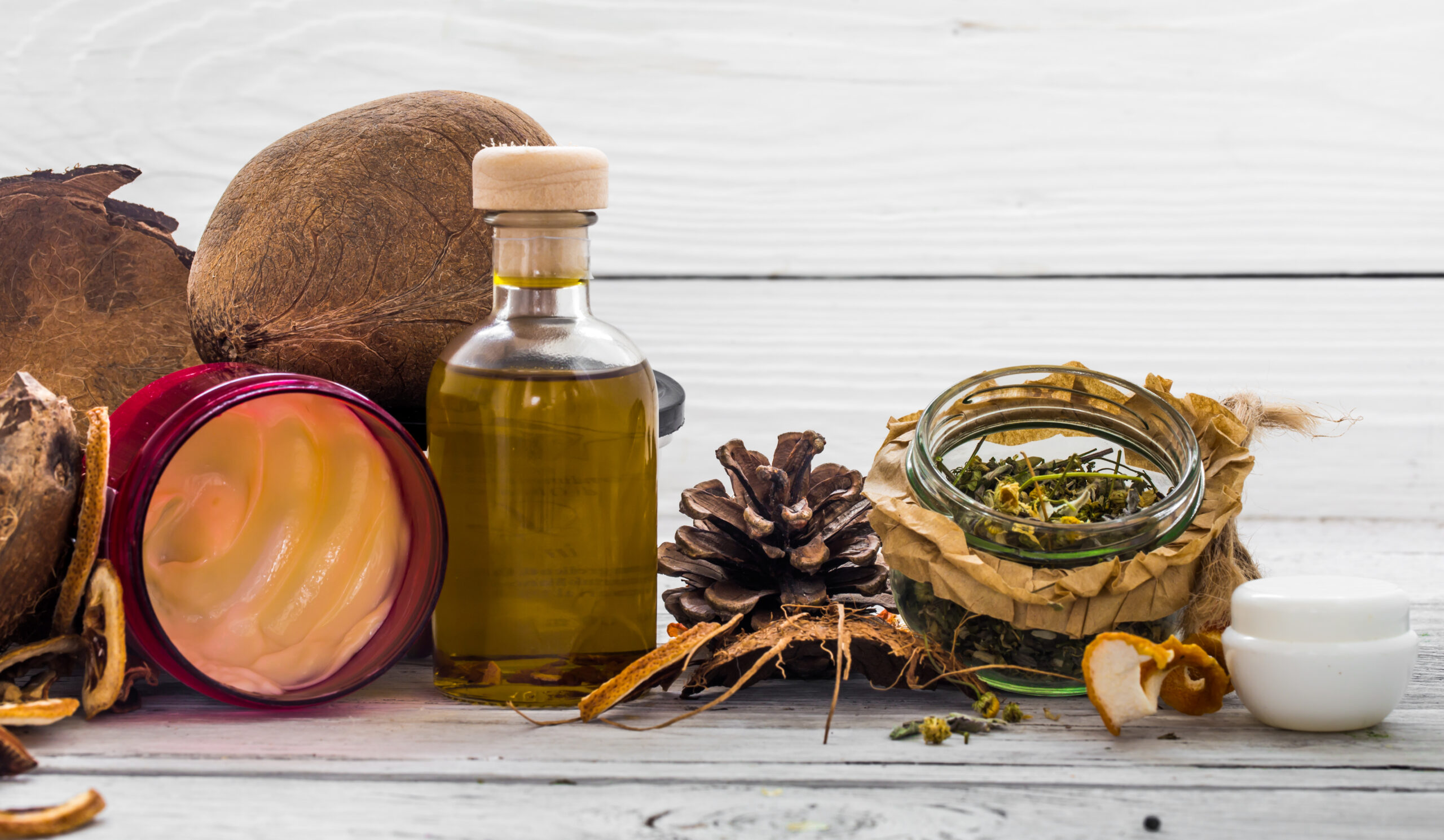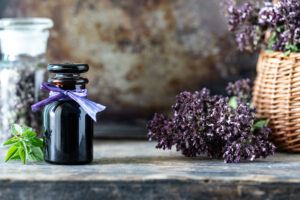Essential oils have been used for centuries in aromatherapy, beauty, medicine, and spiritual rituals. But what exactly are they? And how does the way they’re extracted affect their quality, potency, and use?
Let’s dive into the fundamentals of essential oils—from what they are, to how they’re extracted, to why these details are crucial for purity and effectiveness.
🌸 What Are Essential Oils?
Essential oils are concentrated, aromatic compounds extracted from different parts of plants—leaves, flowers, roots, bark, seeds, and rinds. They carry the plant’s scent, flavor, and therapeutic properties in a highly potent form.
These oils are “essential” not because they’re necessary to life, but because they contain the “essence” of the plant—its core fragrance and chemical makeup.
🧪 Why Extraction Methods Matter
Not all essential oils are created equal. The extraction method plays a critical role in determining the purity, aroma, and therapeutic value of the final oil. An improperly extracted oil can lose potency, be contaminated, or become chemically unstable.
🔍 Common Extraction Methods
1. Steam Distillation
Most common method
Used for: Lavender, Peppermint, Eucalyptus, Tea Tree
Process: Plant material is placed in a distillation chamber. Steam passes through, releasing the oil which is then condensed and separated.
✅ Preserves natural composition
✅ Great for heat-stable compounds
2. Cold Pressing (Expression)
Used for: Citrus oils like Lemon, Orange, Bergamot
Process: Oil is mechanically pressed from the rind or peel of the fruit without heat.
✅ Retains fresh, zesty aroma
✅ No solvents or heat involved
3. Solvent Extraction
Used for: Delicate flowers like Jasmine, Tuberose, Rose
Process: Plant material is soaked in a solvent (like hexane) to extract the aromatic compounds. The solvent is later removed.
✅ Ideal for fragile flowers that can’t withstand heat
⚠️ May leave trace solvents—look for “solvent-free” or “absolute” labels
4. CO₂ Extraction (Supercritical)
Used for: Frankincense, Chamomile, Ginger
Process: Uses supercritical carbon dioxide as a solvent to pull out aromatic compounds.
✅ Extremely pure and stable
✅ Retains both volatile and non-volatile components
⚠️ Expensive but high quality
5. Effleurages (Traditional & Rare)
Used for: Jasmine, Gardenia (historically)
Process: Petals are layered on fat or oil, which absorbs the fragrance over time.
✅ Ancient, artisan method
✅ Ultra-delicate results
⚠️ Rare and time-consuming
🧴 Different Types of Oils in the Market
🌿 True Essential Oils
-
100% pure, single-ingredient plant oil
-
No additives, solvents, or dilution
-
Ideal for therapeutic use
🌸 Absolutes
-
Extracted using solvents or enfleurage
-
Richer and more complex in aroma
-
Often used in high-end perfumery
🌱 Carrier Oils
-
Not essential oils, but used to dilute them safely (e.g., jojoba, sweet almond, coconut oil)
-
Essential for skin application
💧 Hydrosols (Floral Waters)
-
Byproduct of steam distillation
-
Gentle and water-based
-
Great for facial mists and sensitive skin
🧪 Synthetic or Fragrance Oils
-
Lab-made to mimic natural scent
-
Not therapeutic
-
Common in commercial perfumes and candles
⚠️ Always check labeling—“fragrance oil” ≠ essential oil
🌍 Final Thoughts
Essential oils are more than just pretty scents—they’re the concentrated life force of plants. Whether you’re using them for meditation, skin care, emotional balance, or perfumery, knowing where your oils come from and how they’re made ensures you’re getting the best nature has to offer.





